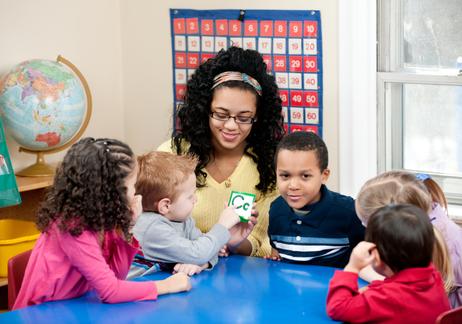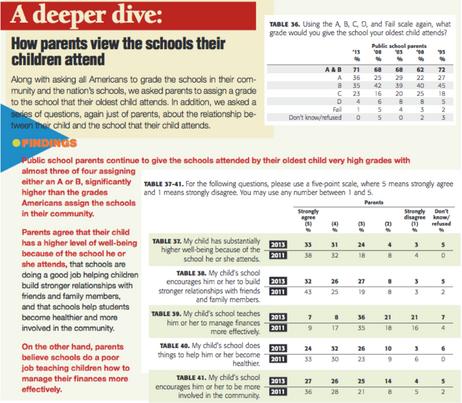Despite the nation’s dismal ranking for early childhood education, there are signs that it is for American families. Just a decade ago, only 65 percent of four-year-olds were enrolled in preschool; today, that number is 78 percent. It is a subject that has also become politicized, with President Obama championing the cause several times during his presidency, most notably in his 2013 State of the Union Address. After that speech, the White House offered details of the president’s plan to greatly expand the availability and quality of pre-k programs, :
- Expanding , which provides educational and health services to low-income and vulnerable children birth to three years of age;
- Developing a cooperative effort between state and federal agencies to guarantee pre-k enrollment for children at or below 200 percent of the poverty line;
- Build a corps of pre-k teachers that have the same level of credentials as those that teach K-12 students;
- Extending the provides home visits from nurses to low-income families. Nurses help promote health and positive parenting strategies from the child’s birth through their second birthday.
Many state legislatures have successfully enacted sweeping pre-k programs – Georgia and Oklahoma among them. However, the oddity of many state-based pre-K programs is that their success is far higher in states with poorer-performing public schools. Additionally, support for pre-k education seems much more robust in Republican-leaning states, especially those in the Deep South, like Texas,

















